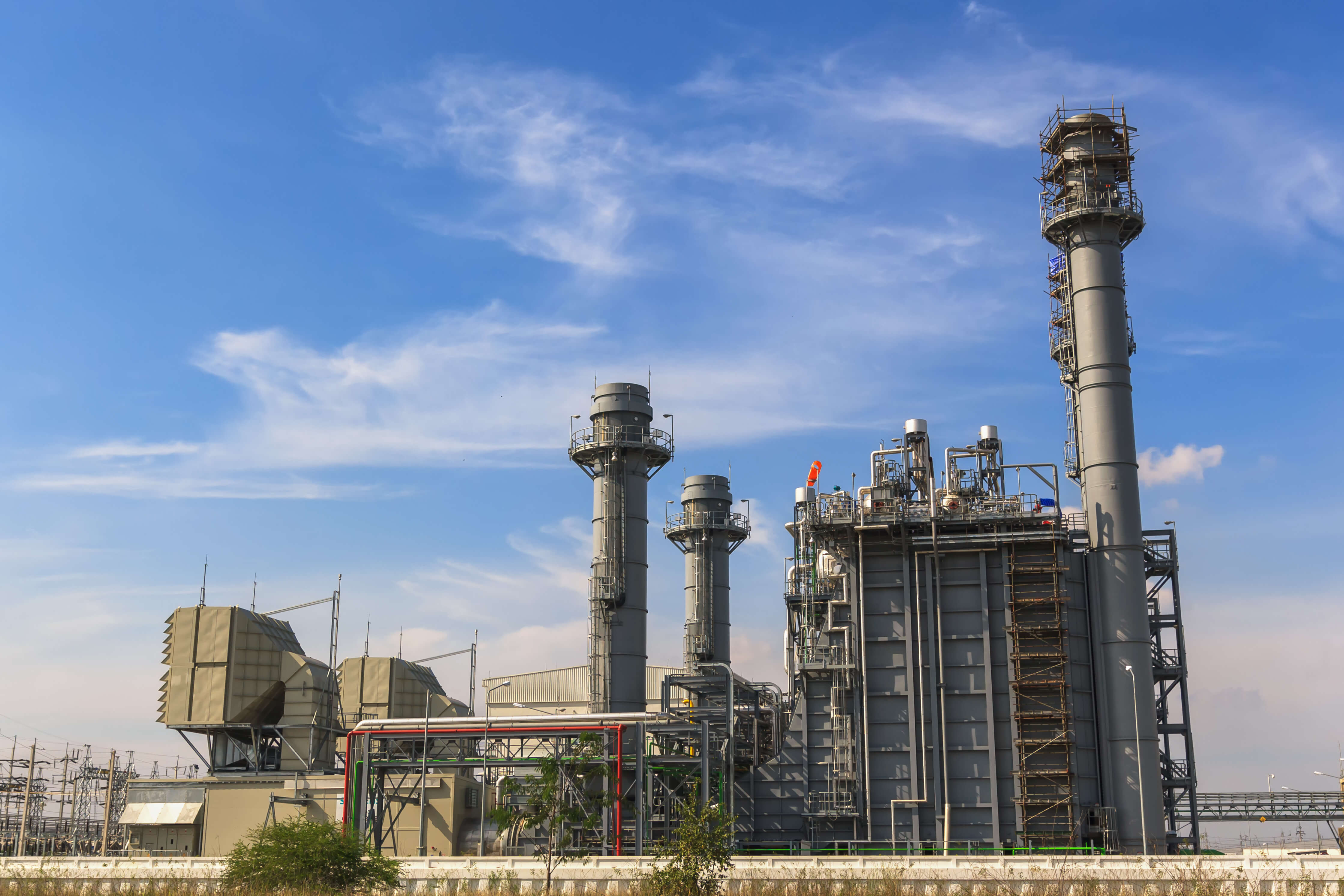February 4, 2020 | 5 minute read
Ambient (outdoor) air pollution is a major environmental health problem affecting everyone in low-, middle-, and high-income countries. According to the World Health Organization (WHO), 91 percent of the world’s population lives in places where air quality exceeds WHO guideline limits, placing millions of people’s short- and long-term health at risk.
Outdoor air pollution originates from natural and anthropogenic sources. While natural sources contribute substantially to local air pollution in arid regions more prone to forest fires and dust storms, the contribution from human activities far exceeds natural sources.
Of today’s ambient air pollutants, sulfur dioxide (SO2) is one of the most prevalent. SO2 is a corrosive gas that is created by the oxidation of sulfur-bearing materials such as coals, oil and natural gas. To minimize the adverse effects of sulfur oxides (SO2 and SO3) on the environment, many power plants and industrial facilities have begun to use flue gas desulphurization (FGD) scrubbers to remove both SO2 and SO3 from combustion gases.

What is Flue Gas Desulfurization?
In tackling continuously growing environmental challenges, effective flue gas sulfurization (FGD) enables you to control your plant’s emissions and chemical balance more effectively. Flue gas desulfurization is a set of technologies used to remove SO2 from exhaust flue gases of fossil-fuel power plants, as well as from the emissions of other SO2 emitting processes.
One of the most integral parts of the FGD process is that of pumped slurry applications, which contain fluid properties consisting of both abrasives and solids that require the appropriate application of sealing technology.
These slurries are moved through a series of pumps, agitators, fans and blowers during the FGD process. However, when it comes to this process, it’s essential for companies to ensure they are selecting the proper seal, as this is critical in maximizing the operational performance of equipment.
Below is an explanation of slurry types, as well as sealing recommendations to ensure optimal sealing and equipment uptime.
Slurry Types
- Limestone slurry transfer and feed pumps are heavy-duty slurry pumps that can handle slurries which can contain solids content as high as 50 percent. Operating temperature is usually ambient to 125°F/51°C. A small amount of water flush is often allowed when utilizing a liquid quench. This helps cool the seal to keep it operational. Grease quenches have also been successfully applied. Fly ash scrubber systems require special consideration because of their extreme abrasiveness.
- Recirculation slurry is a heavy-duty slurry requiring large-shaft pump designs that are generally single-stage centrifugal pumps. Due to the abrasive nature of the slurries and possible high concentration of chloride ions and low pH (5.5), these pumps are often manufactured with high-nickel alloy materials, such as alloy C-276, or are rubber-lined. These pumps are subject to cavitation due to entrained air in the slurry. Solids will be in the 15 percent to 20 percent range. Often, a small water flush or liquid quench is used to extend seal life.
- Thickener underflow slurry is comprised of 45 percent to 50 percent gypsum that is pumped into a surge tank. Heavy-duty slurry pump designs with relatively large shaft sizes are used to move this slurry, and they are generally single-stage centrifugal pumps. The slurry is abrasive and can have high concentrations of chloride ions (up to 20,000 ppm) and a low pH. The pumps are often constructed from a high nickel-alloy such as C-276 or are rubber-lined. Alloy C-276 is used to prevent stress corrosion cracking. The pumped slurry also has high concentrations of solids in the 45% to 50% range. The operating temperature will be around 100°F/38°C.
Sealing Recommendations
- Slurry Seal Type 5840: This single-cartridge seal encompasses many of the advantages associated with heavy-duty seal design in a cost-effective package. It is available with robust seal face materials, making it the perfect general-purpose seal for slurry applications.
- Slurry Seal Type 5860: Available as a single or double seal, this seal is designed to operate in harsh, abrasive slurry environments. The unique design features allow the seal to operate without a flush, reducing the total cost of ownership.
- Split Seal Type 37FS(B): This fully split mechanical seal helps significantly reduce maintenance on larger, difficult-to-seal equipment. It is ideal for use on large, heavy-duty rotating shaft equipment. The seal’s outside-mounted design is used on both vertical and horizontal applications.